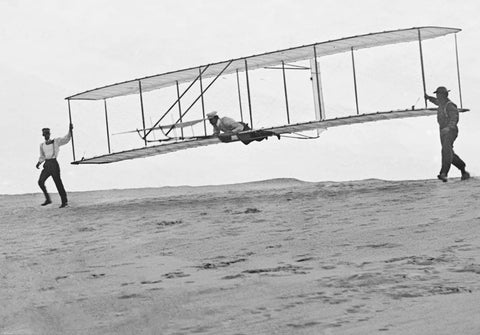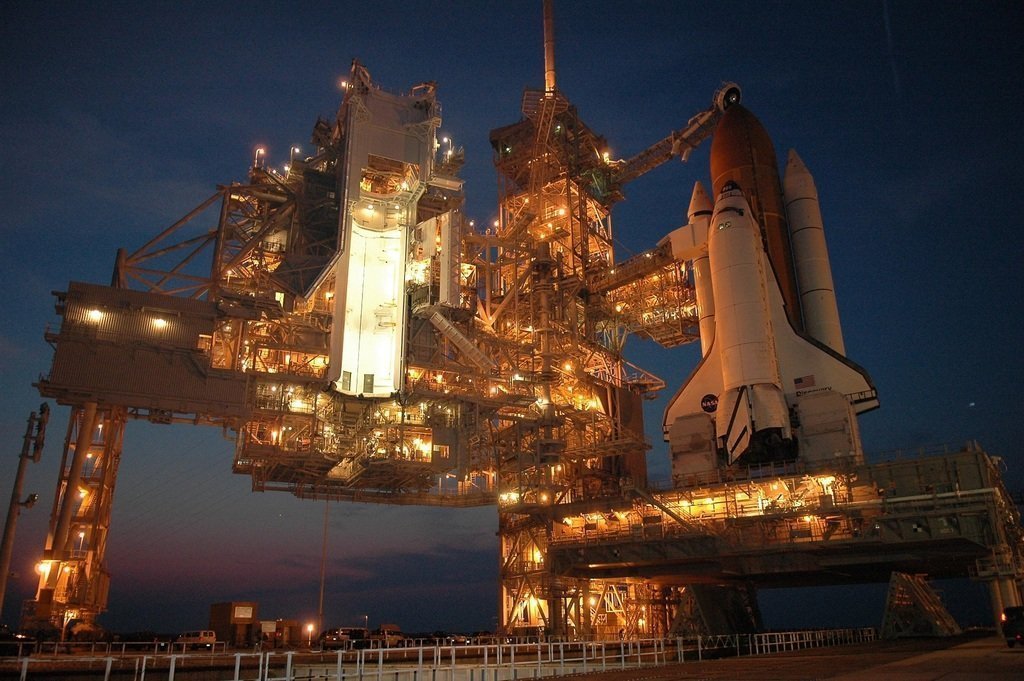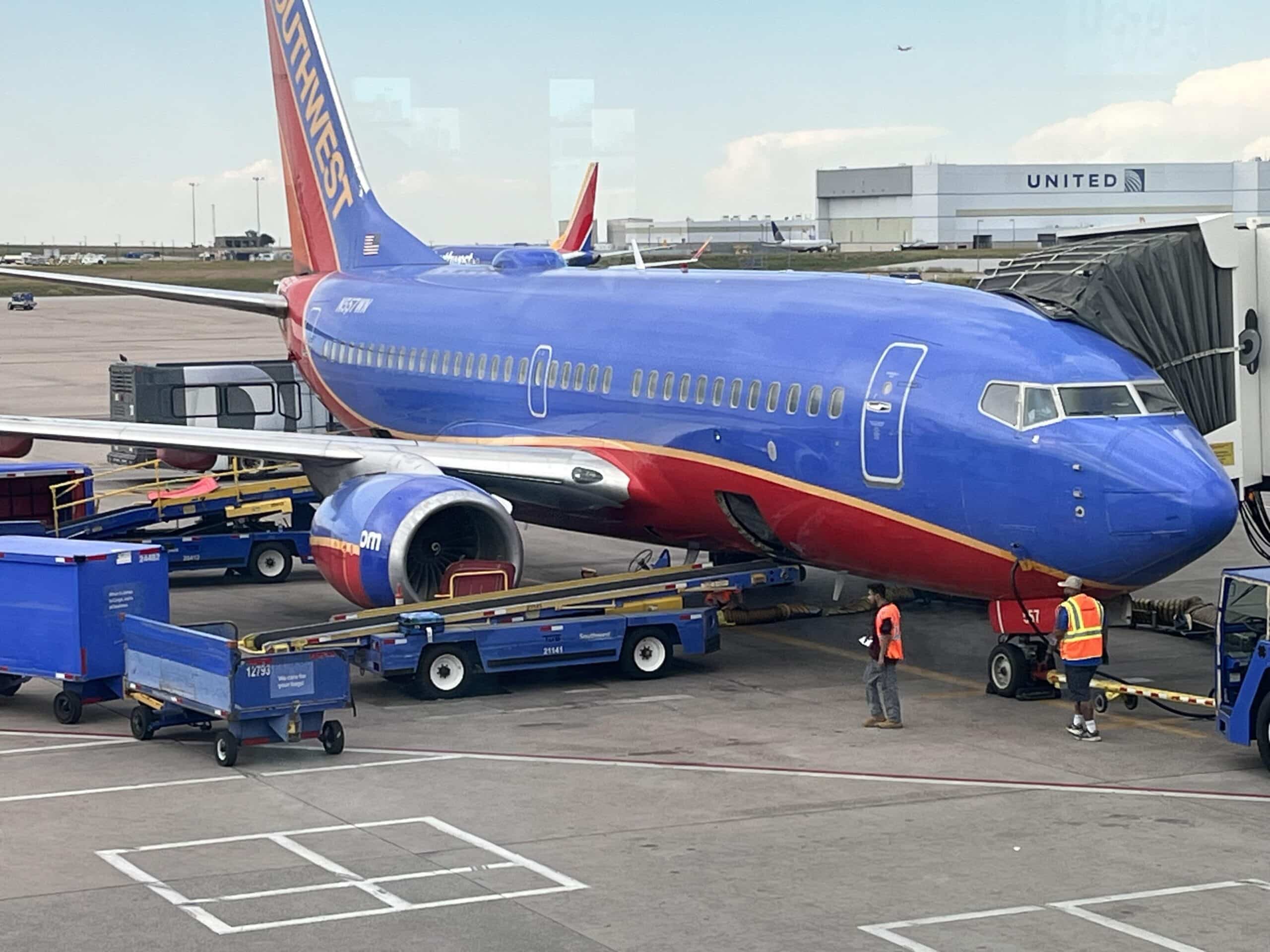Die-cast model airplanes have a rich history that spans decades, capturing the imagination of aviation enthusiasts, collectors, and model-makers alike. These models, made from metal alloys such as zinc and aluminum, have become popular for their durability, intricate details, and historical significance. Let’s take a journey through the evolution of die-cast model airplanes and explore how they became a cherished hobby for many.
Table of Contents

Early Beginnings (1930s–1940s)
The origins of die-cast model airplanes can be traced back to the 1930s, with the introduction of toy airplanes that were primarily designed for children. Companies such as Dinky Toys, a division of the British-based Meccano Ltd., were among the pioneers in creating die-cast models. Dinky Toys initially produced various vehicles, including airplanes, which became popular during World War II.
These early models were basic in design but marked the beginning of the die-cast airplane trend. With the war fueling interest in aviation, manufacturers started producing more detailed replicas of fighter planes, bombers, and commercial aircraft.
Post-War Boom (1950s–1960s)
After World War II, aviation became an increasingly popular subject for hobbyists and collectors. This was a time when air travel was expanding, and people began to see planes not just as military tools but as symbols of progress and innovation. The 1950s saw the rise of companies like Corgi Toys and Matchbox, which played a significant role in popularizing die-cast model airplanes.
Corgi Toys introduced a line of highly detailed and well-proportioned die-cast models that attracted serious collectors. Their models featured innovations such as working landing gear and retractable parts, setting a new standard for die-cast airplane manufacturing.
The Golden Era of Die-Cast Models (1970s–1990s)
The 1970s to the 1990s is often considered the golden era of die-cast model airplanes. During this time, the quality and realism of the models improved dramatically, with manufacturers paying close attention to historical accuracy. Collectors became more involved, and model airplanes were no longer viewed solely as toys but as display pieces for enthusiasts of all ages.
In the 1980s, Herpa Wings and Dragon Wings began producing die-cast models, specializing in highly detailed, small-scale replicas of both historical and modern aircraft. These companies focused on making realistic models with precise markings, catering to the growing adult collector market. This period also saw the rise of limited-edition models, which increased the exclusivity and value of certain pieces.
Modern Die-Cast Models (2000s–Present)
Today, the die-cast model airplane market is thriving, with brands like GeminiJets, Hobby Master, and JC Wings leading the way in producing ultra-realistic, museum-quality replicas. These models cover a wide range of aircraft, from vintage planes like the Spitfire to modern airliners like the Boeing 787 Dreamliner.
Technological advancements have allowed for more intricate designs, with some models featuring moving parts, detailed interiors, and authentic airline liveries. Collectors can now find models in various scales, from the compact 1:400 to the highly detailed 1:72 scale, depending on their preference for size and detail.
The Collectors’ Market
Die-cast model airplanes have created a passionate community of collectors worldwide. Limited-edition releases, special collaborations, and rare vintage models fetch high prices in the collector’s market, often being traded at auctions or through specialty retailers.
This hobby has also become a gateway for aviation enthusiasts to learn more about aircraft history, aerodynamics, and the development of commercial aviation. For many, owning a die-cast model is like owning a piece of aviation history.
The history of die-cast model airplanes is as diverse and exciting as the aircraft they represent. What started as simple toys has evolved into a respected hobby that continues to inspire collectors and aviation lovers alike. With the continued advancement of model-making technology, the future of die-cast airplanes looks just as bright as the history that has shaped it.
Whether you’re a seasoned collector or just starting out, die-cast model airplanes offer a fascinating glimpse into the world of aviation, combining artistry, engineering, and a love for flight.




